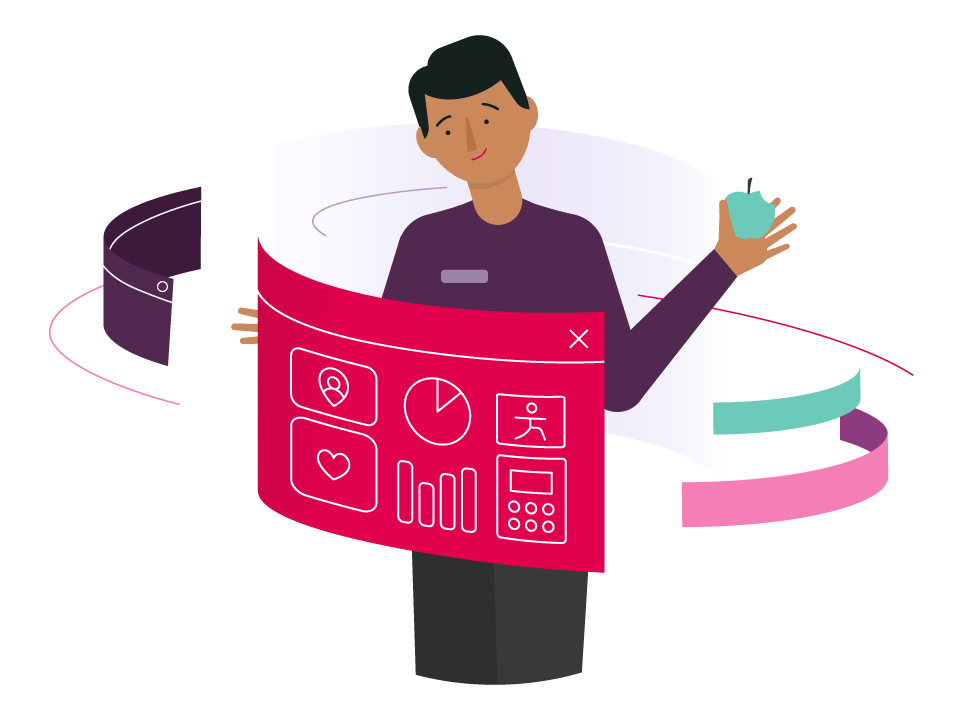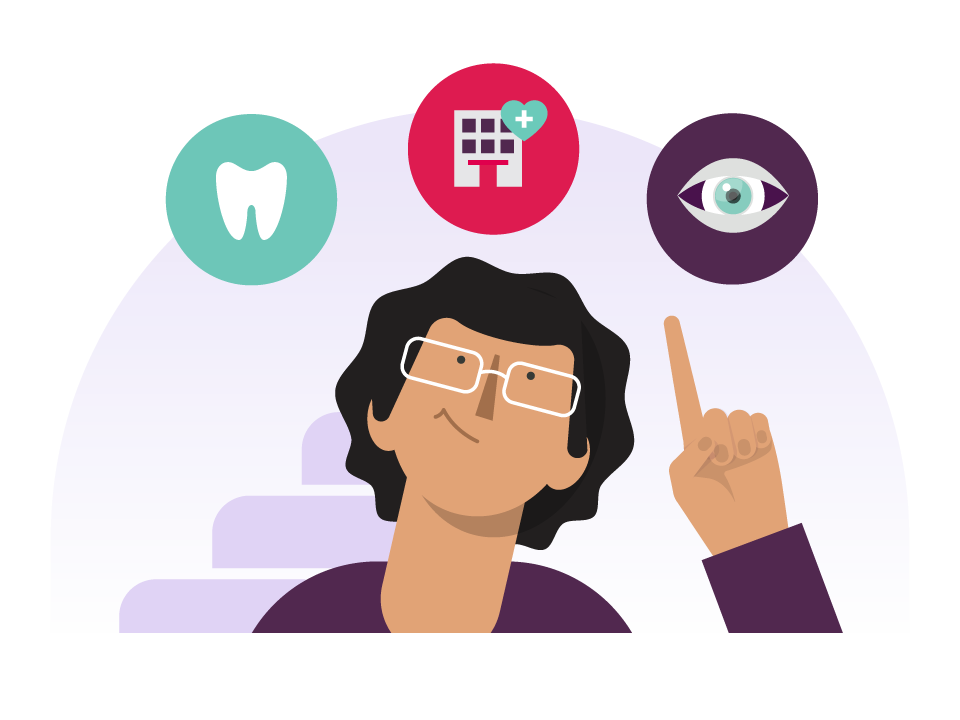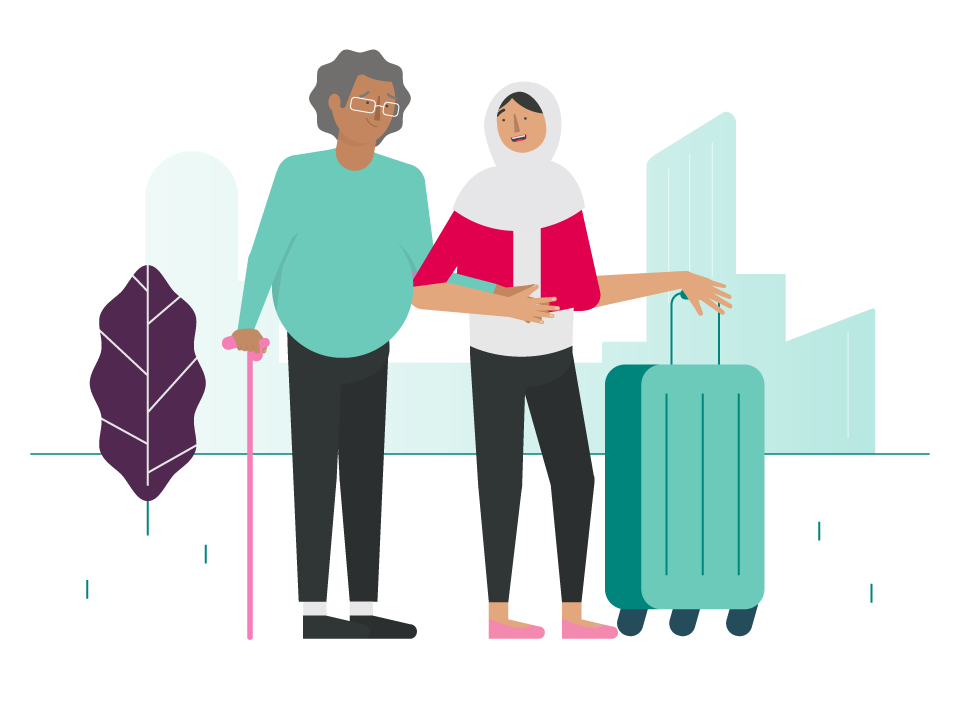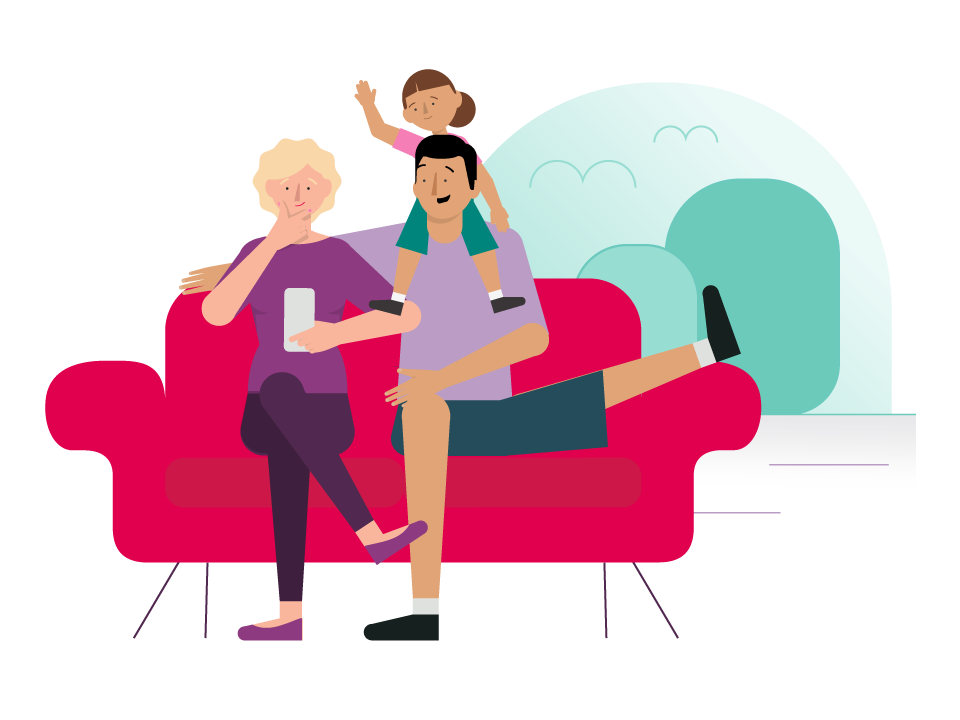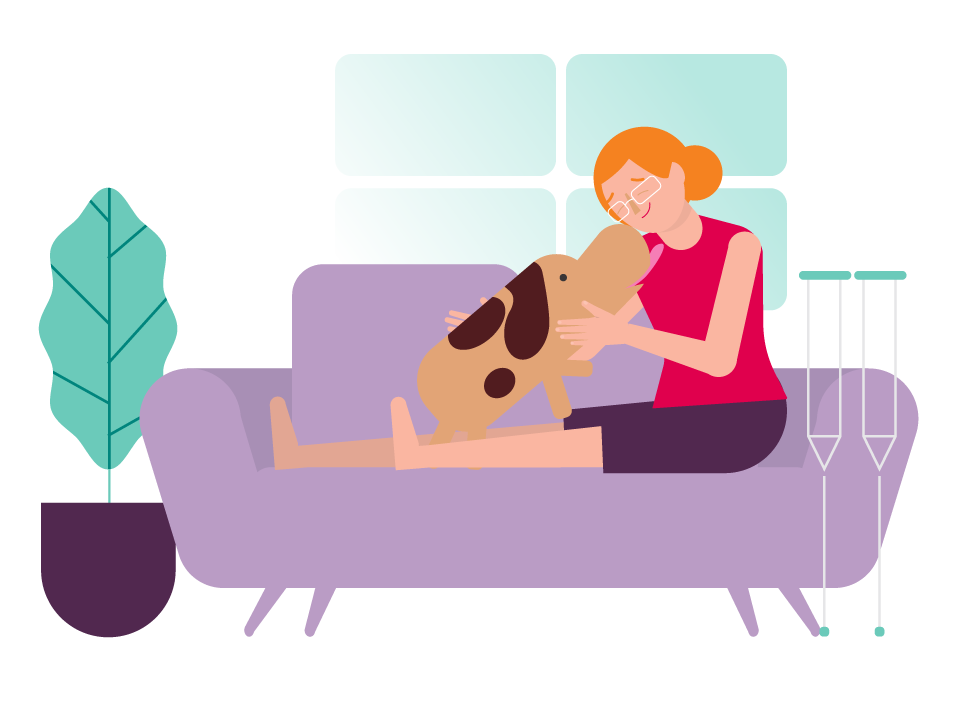Depending on your circumstances, you may benefit from additional treatments before or after surgery.
While patients with breast cancer may be offered surgery as the initial treatment, there are additional treatments your doctor may recommend before or after surgery with the aim of improving your outcome. The treatments depend on your age and the grade, stage and type of your breast cancer.
Additional treatments include
Radiotherapy
Radiotherapy may be recommended after lumpectomy surgery to treat the rest of the breast. It might also be recommended after lumpectomy and mastectomy to reduce the risk of your cancer recurring. The lymph nodes in in your armpit and/or lower neck are sometimes targeted for radiotherapy as well.
Because the radiotherapy is targeted, the side effects are normally limited to localised redness, but may include tiredness.
Chemotherapy
Chemotherapy can treat any cancer cells that are too small to see on imaging. It’s also used in breast cancer that’s already spread, to slow down the cancer and relieve painful symptoms. Chemotherapy works by killing rapidly-dividing cells. Cancer cells, as well as the cells in your mouth, stomach, intestines, skin, hair and bone marrow, are all dividing rapidly, which is why chemotherapy can have some unpleasant side effects.
Hormonal therapies
If your breast cancer is the type that’s stimulated by female hormones, reducing the level of those hormones can treat cancer cells that may have spread around your body. The most common hormonal therapies are aromatase inhibitors and tamoxifen.
Targeted therapies
Targeted (or biological) therapies are used to treat a type of breast cancer called HER2-positive breast cancer. The most common is trastuzumab (Herceptin®).
Depending on your circumstances, the cost of these targeted therapies may be covered by the Pharmaceutical Benefits Scheme.
Complementary therapies
When you’re diagnosed with breast cancer, it’s understandable that you’d want to try everything you can to take control of the disease and return to health.
While nearly 90% of Australian patients with a breast cancer diagnosis use complementary or alternative therapies in addition to the conventional therapies their doctor has recommended, less than half tell their doctors about it.
Patients say they choose complementary therapies to improve their quality of life, emotional wellbeing and immune system functioning.
While there are no complementary therapies that cure breast cancer, some people find them effective in reducing the side effects of treatment and/or pain and distress. They include relaxation therapy, yoga, music therapy, stress management, guided imagery, prayer and meditation. Other commonly-used complementary therapies are vitamins, support groups and massage.
Advice with managing fatigue can be helpful. If you’re having problems with nausea and vomiting from chemo, acupressure and electro acupuncture can be useful when combined with anti-nausea medication.
If you look online, you may be tempted by costly therapies with unproven effectiveness and safety.
It’s important to discuss your plan to use complementary therapies with your doctor ahead of time. Therapies that involve dietary restrictions or untested substances can be unsafe. There’s also the risk of interactions with your other treatments.
Some complementary therapies (such as iron and vitamin C supplements) are dangerous for patients with advanced breast cancer.
Talk to your doctor before trying complementary therapies as they may interfere or interact with your treatment.
